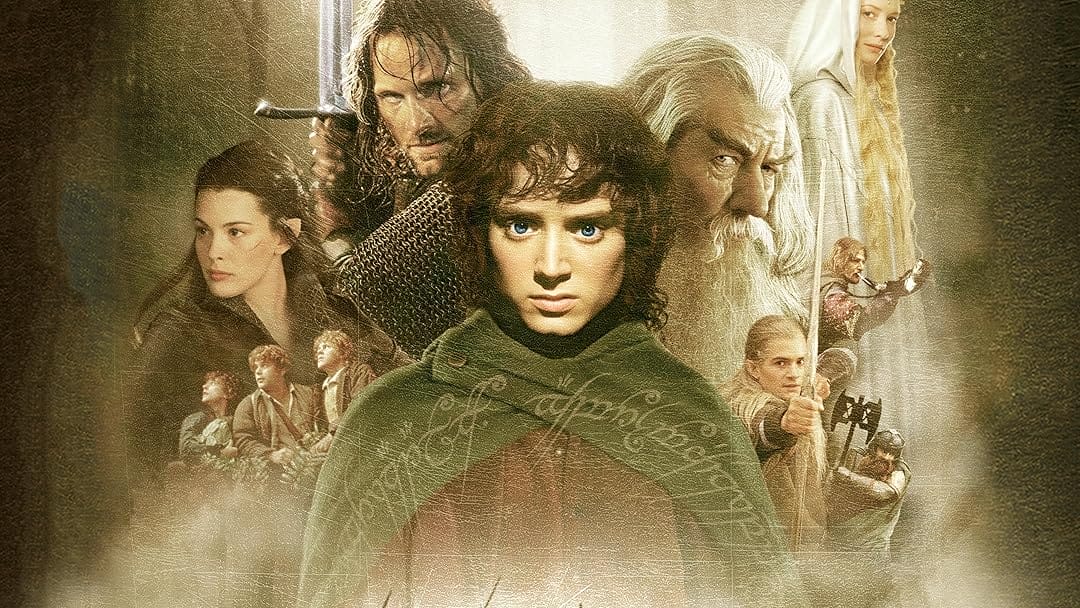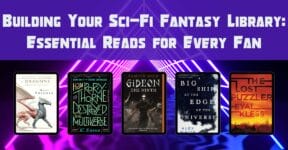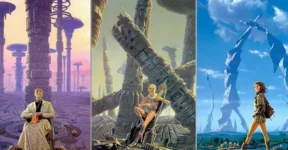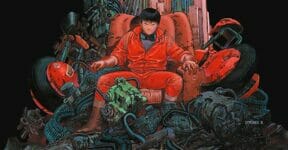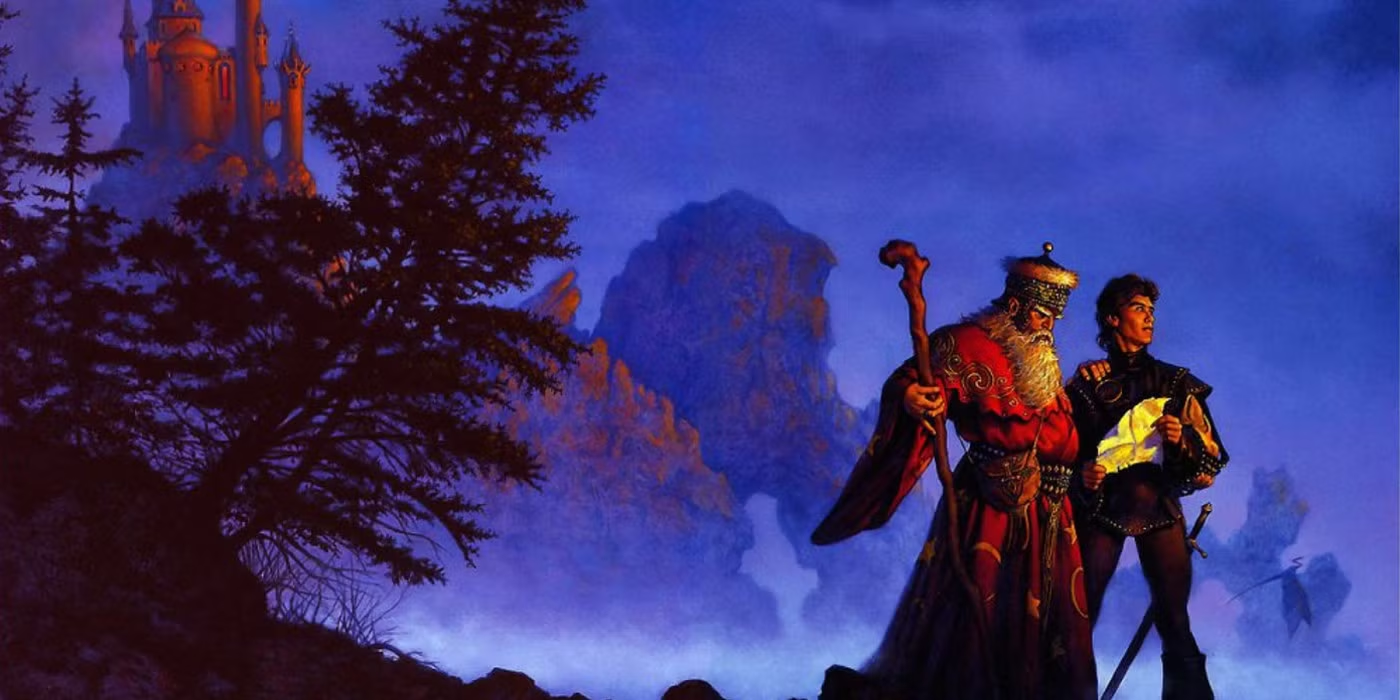Science fiction and fantasy, seemingly disparate genres, often intertwine to create the captivating realms of sci-fi fantasy. While sci-fi grounds its fiction in scientific concepts, exploring possibilities within the realm of the plausible, fantasy embraces the boundless freedom of imagination, where magic and mythical beings reign supreme. Sci-fi fantasy artfully blends these elements, creating narratives that ignite our sense of wonder and explore profound themes.
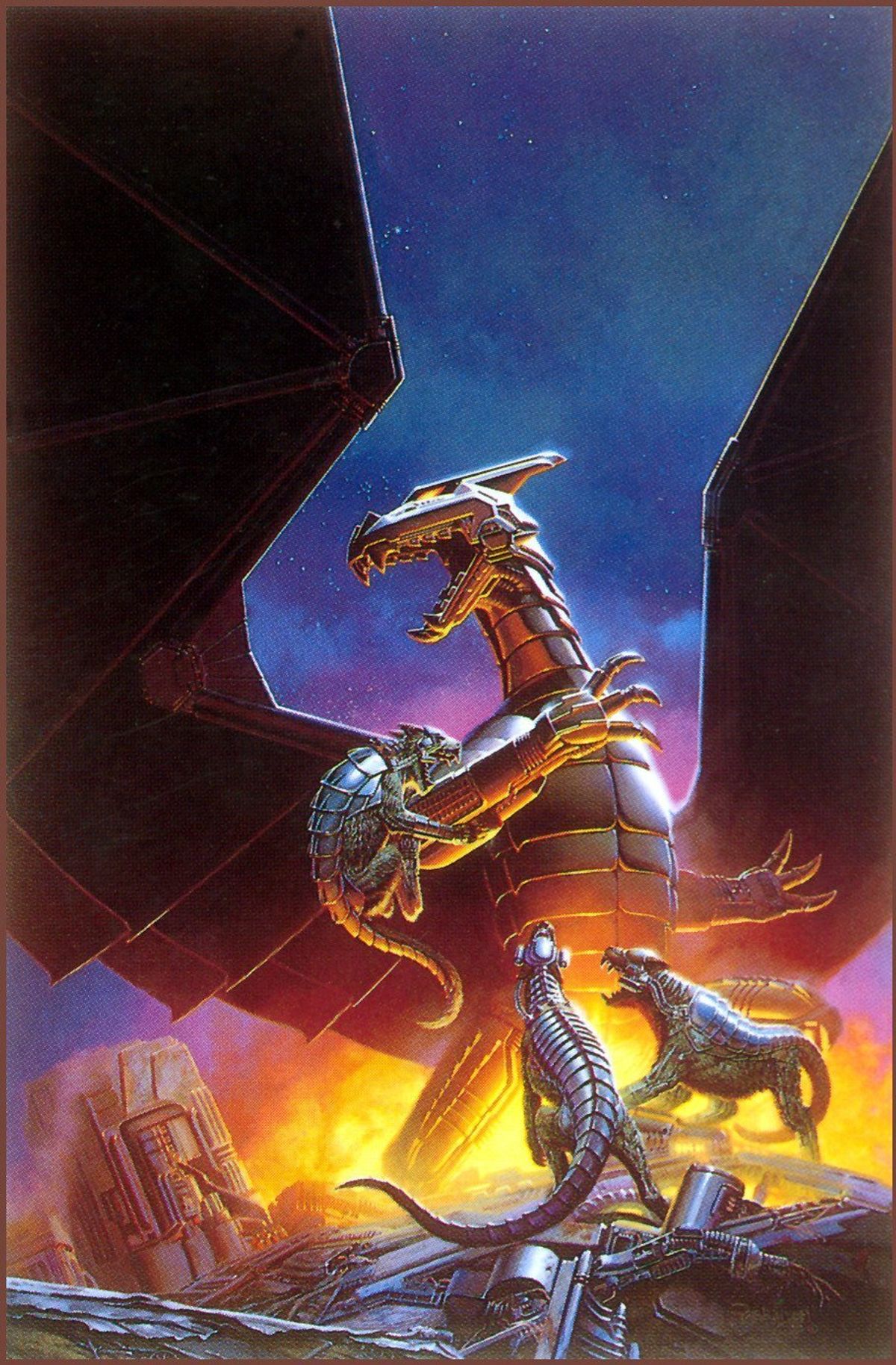
Despite their differences, sci-fi and fantasy share common ground. Both genres transport us to imaginative worlds, introduce us to otherworldly creatures, and present technologies beyond our current understanding. Consider The Terminator and The Lord of the Rings: while distinct in their core premises, both feature powerful antagonists threatening humanity. Even the fantastical world of Harry Potter incorporates sci-fi tropes like teleportation and time travel, disguised as magic.
The beauty of sci-fi fantasy lies in its ability to blur the lines between the scientific and the magical. Take, for example, acclaimed sci-fi novels like Dune and Foundation. While considered cornerstones of the genre, they incorporate elements that stretch the boundaries of scientific plausibility: galactic empires, sentient planets, and psychic powers. These narratives demonstrate how even “hard” sci-fi can embrace fantastical elements to enrich storytelling.
Why We Love Sci-Fi Fantasy:
Several factors contribute to the enduring appeal of sci-fi fantasy:
- Exploration of Broad Themes: Sci-fi often grapples with ethical dilemmas surrounding technological advancement, exploring potential existential threats like artificial intelligence, climate change, and bioweapons. Fantasy, on the other hand, delves into classic themes of good versus evil and the responsibility of power. Sci-fi fantasy weaves these threads together, creating narratives with remarkable depth and complexity.
- Immersive Escapism: Sci-fi fantasy excels at crafting intricate and imaginative worlds. Whether lush and vibrant or desolate and post-apocalyptic, these settings transport readers to realms beyond the mundane. The fantastical elements, often grounded in scientific or pseudo-scientific explanations, enhance the sense of immersion and wonder.
- Societal Commentary Through Allegory: By creating fictional worlds, sci-fi fantasy provides a safe space to explore social issues and offer commentary without being overtly political. Parable of the Sower examines religion and societal collapse, The Hunger Games tackles class inequality, and Dune explores themes of capitalism, ecological destruction, and totalitarianism. These narratives offer insightful perspectives on real-world issues through the lens of fiction.
- The Allure of Possibility and Imagination: Sci-fi’s focus on potential futures, often predicting technological advancements, resonates with readers. Many technologies once confined to the pages of sci-fi, like robots and smartwatches, are now part of our daily lives. This element of prophecy adds to the genre’s appeal. Fantasy, on the other hand, offers pure escapism through boundless imagination. Even when incorporating sci-fi elements, fantasy treats them as magical occurrences, further emphasizing the sense of wonder.
The Spectrum of Sci-Fi Fantasy:
The balance between science fiction and fantasy varies greatly within the genre. Some narratives lean heavily on fantastical worlds with subtle sci-fi elements, while others feature advanced technology powered by magic. The key lies in the seamless integration of these elements, creating a cohesive and believable narrative.
Can you name some films that perfectly blend science fiction and fantasy? Is soft sci-fi basically fantasy? We’d love to hear from you.
Other Things You Might Want to Know
Further Sci-Fi Fantasy Recommendations:
- Machineries of Empire by Yoon Ha Lee
- Burningblade & Silvereye by Django Wexler
- Doomsday by R.L. Gemmill
- The Winnowing Flame by Jen Williams
- The Sorcerer of the Wildeeps by Kai Ashante Wilson
- In The Vanisher’s Palace by Aliette de Bodard
- Elder Race by Adrian Tchaikovsky
- Cage of Souls by Adrian Tchaikovsky
- Empress of Forever by Max Gladstone
- The Dawnhounds by Sacha Stronach
- The Genesis of Misery by Neon Yang
- The Outside by Ada Hoffman
- Sun Eater by Christopher Ruocchio
- Book of the New Sun by Gene Wolfe
- Book of the Ancestor by Mark Lawrence
- The Broken Earth by N.K. Jemisin
- Founders Trilogy by Robert Jackson Bennett
- Coldfire by C.S. Friedman
- Locked Tombs by Tamsyn Muir
Defining a Good Blend:
The ideal blend of sci-fi and fantasy is subjective. Some prefer fantastical worlds with subtle technological undertones, while others enjoy magic-infused technology in space operas. The key is a cohesive narrative where the elements complement each other. Imagine dragons reimagined as alien-controlled machines—a compelling example of a successful blend.
Popular Sci-Fi Fantasy Films:
- Avatar (2009) and Avatar: The Way of Water (2022)
- Cloud Atlas (2012)
- Pacific Rim (2013)
- Artemis Fowl (2020)
- The Dark Tower (2017)
- Guardians of the Galaxy (2014)
Many superhero films also fall under the sci-fi fantasy umbrella, blending advanced technology or genetic mutations with extraordinary abilities.
Expanding on Soft Sci-Fi and Fantasy:
Soft sci-fi often prioritizes character development and social themes over strict scientific accuracy. This focus on the “human element” can blur the lines between soft sci-fi and fantasy, especially when the scientific explanations are less rigorous. However, the core distinction remains: soft sci-fi still operates within a framework of scientific possibility, however loosely defined, while fantasy embraces the purely magical and supernatural. The degree to which soft sci-fi resembles fantasy depends on the specific narrative and its emphasis on scientific plausibility. Some soft sci-fi narratives may incorporate fantastical elements to such an extent that they could be considered hybrids, further demonstrating the fluidity between these genres.

